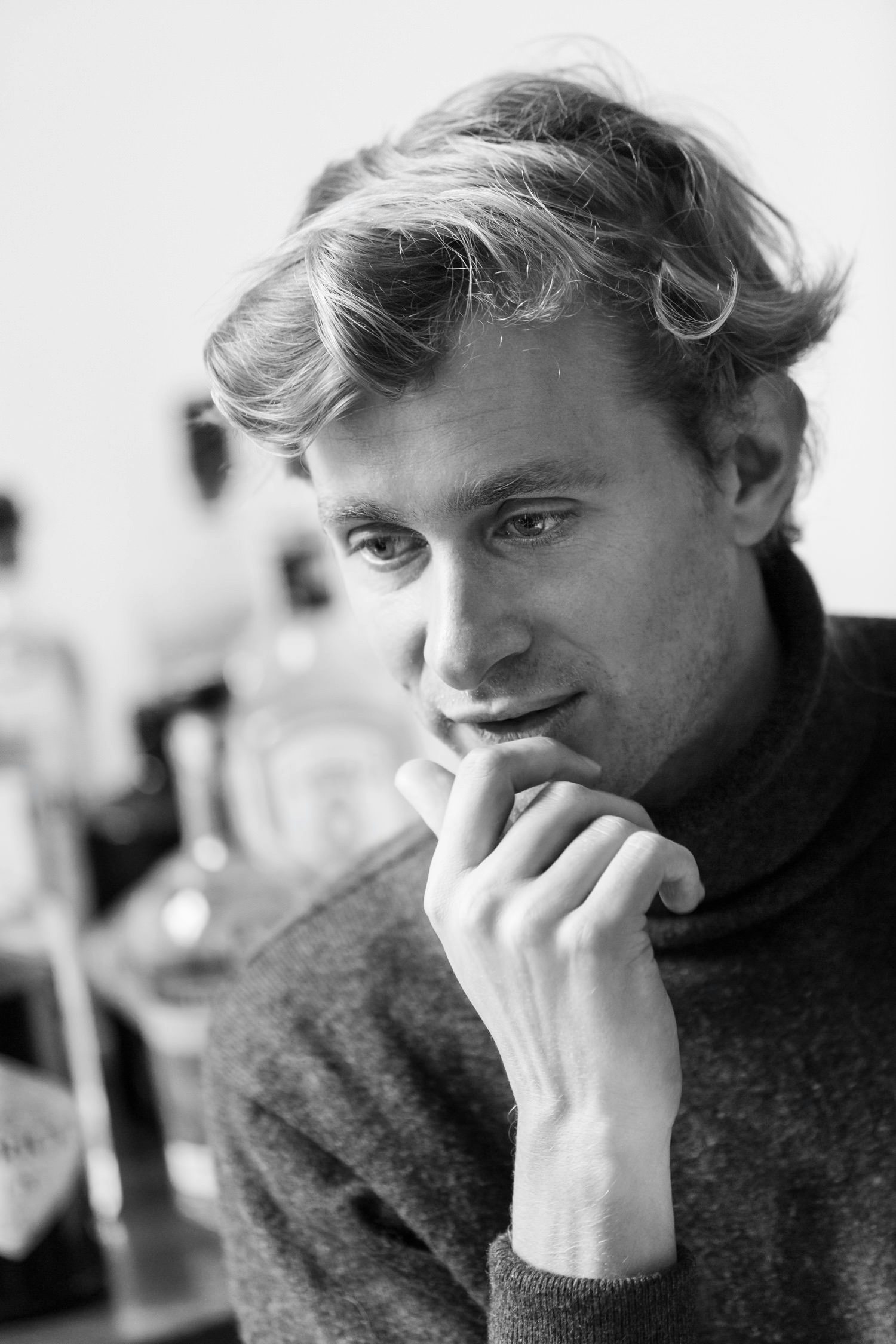Posted in Design Stories
Nicolas Schuybroek: Spaces of Objects

In early 2016, when objects work approached Belgian Architect Nicolas Schuybroek to present a pair of bowls for their growing collection of architect-designed homewares. The simple request was met by a simple response: two bowls emerging from a point of geometric purity, each described by two perfect circles, extruded in different materials, and set as shells within one another.
Schuybroek described the exquisite pair, named the HH bowls, as complementary feminine and masculine versions of one another. The masculine is architecture in miniature, a mass carved from raw stone, while the feminine bowl is expressed in lighter materials: perforated bronze and lacquer. This simple response reveals very specific thinking about pairing, relationships, interiority, and exteriority.
While the bowls themselves are highly considered pieces, even more insightful was what Schuybroek orchestrated when the director of when objects work, Beatrice de Lafontaine, asked him to design the showroom at the 2016 Milan Furniture Fair. The room would display a range of objects, including his bowls. For a relatively young architect with his primary experience in residential interiors, it was a unique proposition. Schuybroek turned his mind to the project in a masterly manner. Set in an innocuous existing building on Milan’s Via Pontaccio, the showroom space nestled into the rich material history of the city. A temporary pocket of serenity, its ephemeral nature was tactfully countered by the solidity of the proposition.

Schuybroek collaborated with Belgian stone manufacturer Hullebusch to conceive a means of redefining the tight space. In the centre of the square white room, five when objects works pieces were each placed atop a solid sculptural block of raw, unfinished grey travertine.

Together with the travertine of the masculine HH bowl, this design move recalls the family of plinth elements revered Romanian sculptor Constantin Brancusi created to support his carved sculptures. Raising the objects above the ground to the level of our hands, the blocks read as volcanic growths rather than domestic assemblage: raised geothermal terraces reminiscent of the stalagmites from which the travertine may have originally been formed. Addressing the scale of the human body directly, the blocks became spatial operations, not simple display devices. Visitors might navigate around or through these volcanic stone islands, coming to each object from multiple different perspectives. We begin to see things re-envisioned as something else: bowls as plinths; plinths as sculpture; architecture defined not by walls, but by objects and elements.

Recalling the black and white grids of Carl Andre, Schuybroek finished each plinth with an inset, unfinished steel plate, tapering the stone to form a negative which allows the plates to hover within the stone, fluid-like. Set against the matte white gallery walls and the richly textured stone, the slight shine of the steel plate was just enough to pick up the light falling into the space from the tall windows that looked out onto the street. Touched by this light, each plate revealed a deep shadow of the object that was set, centrally and singularly, on it.

Designing this kind of a space might be seen as an inversion of Schuybroek’s usual approach. In his career to date, he has shown particular adeptness at renovation projects, designing inward from what already exists. His mastery of this genre may be a response to the rich material and urban fabrics of the places he works, ancient cities in Belgium and France. Here, buildings are stripped back to structural shells, simplified to reveal a monastic interiority. Schuybroek works with the finesse of a sculptor, aiming not to fill or create space, but to enhance and bring warmth to potentially overlooked or forgotten interiors. With a neutral but rich palette, spaces are re-articulated, and distinct experiences are crafted. Schuybroek would humby credit the apparent effortless purity of his work to his time working under the mentorship of Belgian Architect Vincent van Duysen — but, as with all practices that deal with such a level of craft, his unique eye and hand are evident.
In contrast to these inward looking renovation projects, designing for objects constitutes a kind of designing outward. The momentum is different. But, to think of renovations and objects as requiring separate design methods would be to misunderstand the ways Schuybroek works, to oversimplify the process as a linear movement towards or away from an object or vision. Rather, what Schuybroek carries out is a kind of Gesamtkunstwerk, a designing the whole work, the totality of experience from the structure to the finest of details. To catch the specific momentum of objects, Schuybroek looks to quietly reveal ways in which each object might be understood. His concern with time and space as the key means of engaging with and understanding each object is evident.

An object isn’t just a physical item, a material sculpture or functional piece. An object can be a space, carrying with it layers of human meaning, enriched through experience. Design, then, comes at once from objects, and somehow also re-creates the very objects from which it comes. It is these experiences, initiated at all scales, which Schuybroek seeks to craft and offer to us as timeless moments.